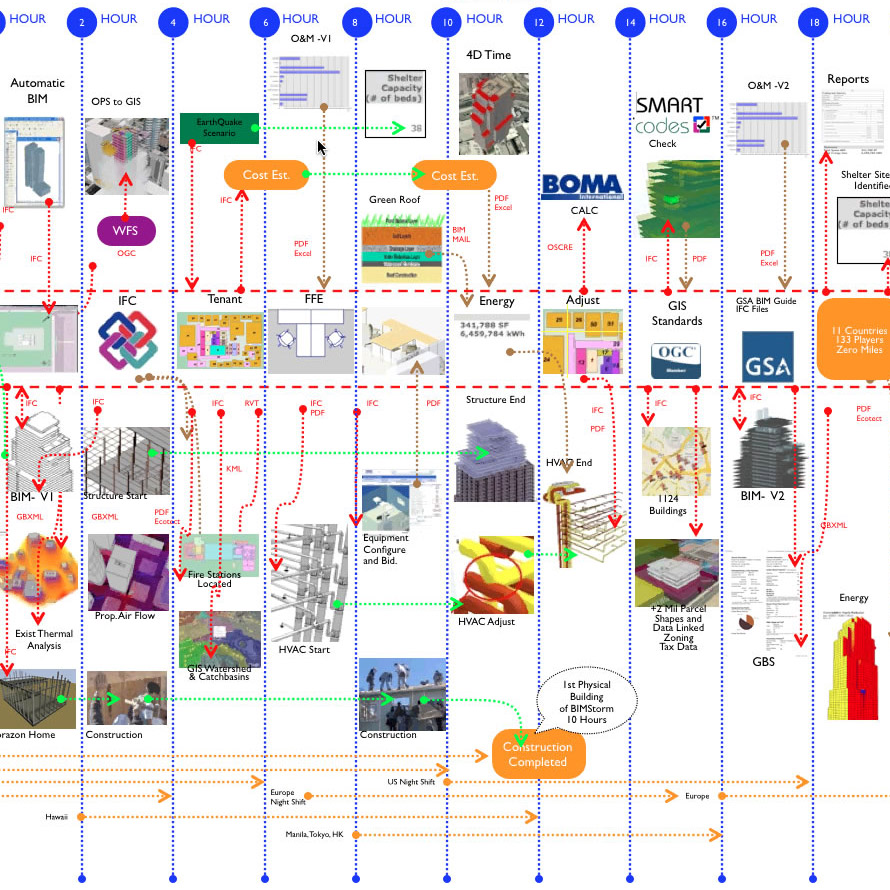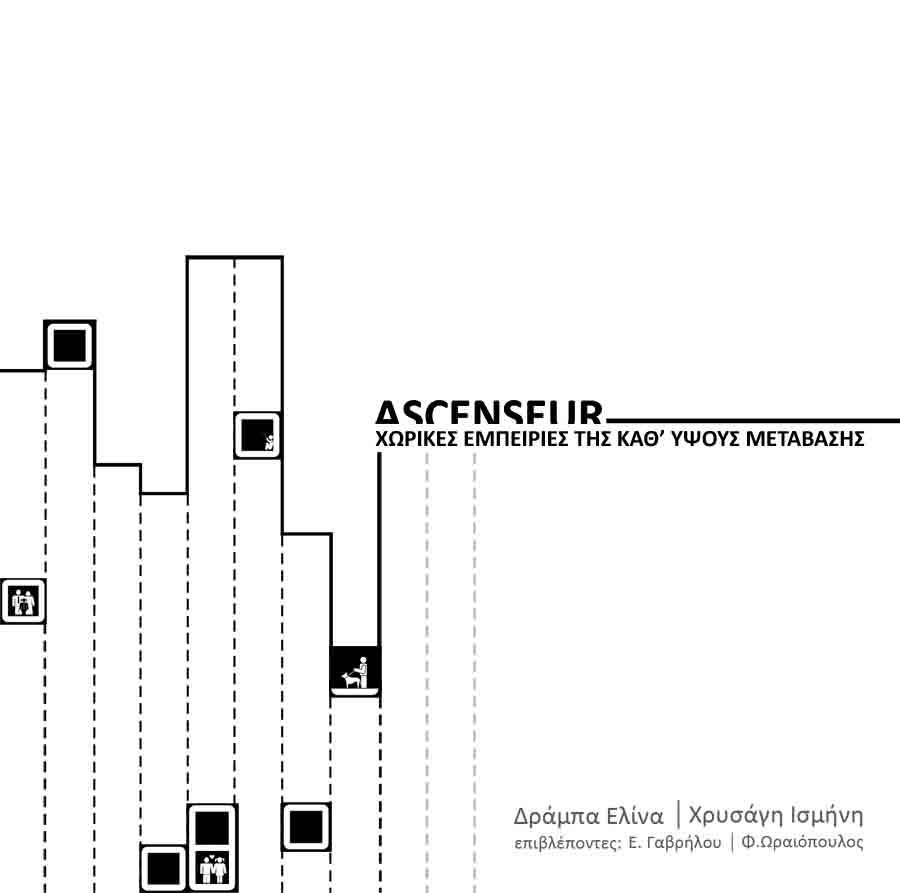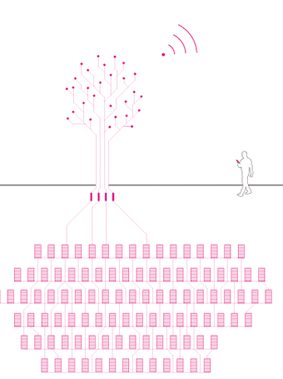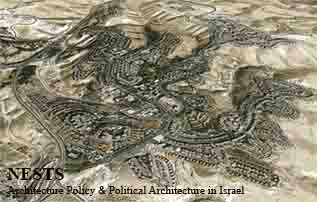

Building Information Modelling (BIM). A quite young concept that got its name in 2002. After a quick overview, BIM seems to be the ideal way of designing and constructing. It’s basic concepts deal with information and data storage and management as well as the automationof processes. There were though, some questions that still need to be answered.
Does this whole automation eliminate the architectural creativity and innovation? Can doing BIM from the first day of the design process be risky? BIM has already started to be implemented in USA and some European countries, but it’s not widely known in Greece yet. Could it be implemented and beneficial for the Greek architects and the Greek construction industry?
These are some of the questions we wanted to examine in our research. So, we started with studying about BIM, learning its basic concepts, being aware of what occurs nowadays related to it, in order to create a quite complete overview that would help us answer our questions. We also had the chance to interview two American architects from the leadership of BIM world widely and three construction professionals from Greece who practice architecture using digital design tools and software.
Combining the feedback we got from them with all the information we gathered from books, articles, white papers, etc., we managed to form a more spherical and complete opinion over BIM, the possible ways it could be implemented and its possible future in Greece.
The research we present below consists of two parts. The first part is a detailed analysis of BIM, its aspects and all the concepts related to it, using the information we gathered from our bibliography and interviews. The second part is an examination regarding BIM’s implementation in Greece. Unfortunately, as BIM is not yet well known in Greece, we didn’t find any Greek bibliography, so that part is written using feedback from the three architects we interviewed and our critical thinking.
Concluding, our intention was never to embrace BIM unconditioned. We strongly believe that every new idea has its positive and negative aspects. A critical way of thinking combined with the ability to stay realistic, can lead to evolutionary and functional solutions. This is what we tried to do in this research. Our goal was to find alternative ways of implementing BIM both generally and in Greece.
Supervisor: Bourdakis Vassilis
Reference Number: 459


From the prehistoric age, one of the needs of the human species was to give a visual form on the ideas and concepts, to strokeknowledge in graphic form, and lend order, cleanliness and clarity in the information. In the era which we live today, we can talk about the real henceforth planetary dimension and flow of information. In a society of arts where ‘Is’ becomes as ‘View’, the sight is subsidized as sense of degraded reality.
As integral piece of this society, the architecture is evolved with the means of social mediation viewing while simultaneously it is influenced by them. The relation between architecture and social fabric in the level of communication, comes in a place of dependence on the average of produce and supports.
Thus the architectural result, through a synthetic process, is translated as information that operates in turn,as a system of expression and service of social total, subject being in coded conventions. Becoming perceptible, that the architect - composer of structure information and structure communication must include a new designing provision of information, and is invited again to compose the next step of communication.
Consequently is created a need for a wider comprehension of methodology and rules that will be supposed it follows, in an attempt of communication with the increasinglytechnologically evolving and more exigent society.
In this reflection, this research work focuses on investigating of the followed rules that is observed at the synthetic creation of surfacein process of communication at the graphic design, and an extensive registration of the technical implementation.
Supervisor: Stylidis Iordanis
Reference Number: 412


The primary need to move products or people up to a certain height produced the earliest forms of elevators. The first elevator, in the modern sense, was brought to existence by Elisha Otis. He invented a brake that was designed to prevent the free fall of the lifting platform in case of accident and thus, he adjusted it to the existing lifts. After succeeding in providing security to the passengers, the elevator became widely used and this resulted in transforming the city’s landscape, by enabling people to inhabit very high buildings. Consequently, urbanization emerged and broke away from its original boundaries.
However, the elevator cabin remained typical, depriving the passenger of the possibility to develop emotional attachment to its interior space. Inside the non-space, function reigns. At the same time, aspects of space such as dimension, symbols, equipment and music, influence the passenger, causing in extreme situations psychological disorders like claustrophobia.
As part of the building’s architecture, the elevator can be a hidden or a dominant structure, connecting floors of different uses. Because of its dimension and relation to the house, it is often treated as an extension of the residence. Furthermore, artists are frequently inspired by that characteristic, resulting in exhibitions that focus on the cabin’s interior.
In conclusion, the elevator is a space defined by a lot of parameters. From space of uneasiness it transforms to meeting point, as personal relationships emotionally charge the cabin. Every 'journey' is different, since it’s highly dependable on the alternative scenario that is hosted in its interior. From another perspective, the elevator incarnates the extreme, everyday environment of the modern man, as it disappears into routine. Due to the variety of social dynamics that arise inside the cabin,an elevator can be also viewed as an experimental model of exploring senses and grounds that draw apart from a common point, shedding light in human behavior. Being both a multispace and a non-space, the elevator doesn’t cease, despite the variety that its interior space displays, to transform in the same time its surrounding environment, releasing the third dimension.
Supervisors: Gavrilou Evelyn, Oreopoulos Philippos
Reference Number: 460


Daily we are connected to the internet by developing our sociability. When we are walking from one place to another we are listening to music through our mp3 player. We are waiting for our destination in the Metro wagon while reading the news through our mobile phones. Mobile technologies have invaded our daily lives and turn it into an endless ping-pong game between digital and physical space.
Our connection in global communication network allows us to connect to our multiple selves that have lost the simple boundary of our body, and have been expanded to the size of a planet. This growth changes the way we perceive space as the boundaries between the artificial and the natural world are mixed up. Mobile technology is the intermediate layer that causes this extension. Books and Walk-mans operate as apparatuses filtering the messages that we receive from the city and mobile phones operate as capacitors of our extensions. These technologies have changed the condition of public space. Although there are many who consider these apparatuses as escape routes and disconnection devises from the physical public space, they can be seen as contact points with it. People create a new relationship with the city, a new way of understanding it and acting in it.
Supervisors: Paniyiris Costis, Papadopoulos Lois
Reference Number: 453


The objective of this research is to describe the overall situation - the problems, needs, possibilities and opportunities - in a small regional town in northern Albania - the city of Fushë Arrëz - as a city in which can be identified typical issues of many villages and communities in the country. An additional goal beyond the inventory of the region's problems is the recognition of the capabilities and attitudes of residents and the interest of some institutions, investment groups and of individual investors that any possible initiatives of theirs are associated with the possible future of the city.
The city was created in the 1950 and took its name from the village Fushë Arrëz, at a time when industrial activity and processing of timber and copper mining and processing was developed. Around these economic activities the development of the city was organized.
The Fushe Arrez is now a degraded city, mainly due to the high unemployment rate escalated in recent decades. It is evident that the complete absence of state facilities, private investment and development initiatives of all kinds is reflected in society, economy and the very image of the city.
It is obvious that without a coordinated effort and the development fund the new city that was built under the communist regime until the 1990's, will not be able to regain its own character.
The Fushe Arrez is a certainly small town with few inhabitants, which, however, have the conditions and characteristics that would enable it to develop into a productive city, with interesting social life and important to the economy of the wider region.
Supervisor: Papadopoulos Lois
Reference Number: 444


As part of our research, we mainly deal with Japanese houses, lifestyle in Tokyo and a variety of techniques and types of residence, as we are interested to understand how the operational needs of a building in the capital of Japan can be met within structures of minimum shell size, obeying the strict Japanese aesthetic perception.
This study begins by identifying the root causes that led to this type of residential architecture. Specifically, through the historical path of the Japanese nation, we investigate the reasons leading to the need of taking advantage of the minimum space due to various social, urban and economic events. The role of topography in urban development and housing in general is studied while at the same time we explore the role of religion in general perception of life focusing on architecture. Thereafter the dimensions of the Japanese body in manufacturing scale are referred in order to understand their way of design and the development of various building systems in Japan.
The research identifies some key milestones on the types of buildings that have affected the scale of residential architecture, the types of building constructions and those of minor forms. The current situation of the urban fabric of the city is analyzed and the social implications of living in micro houses are evaluated.
In an effort to understand the architectural configuration of small houses , there is a recording of the importance of individual functional areas of home, while there is a presentation of different types of modern residential architecture in Tokyo and the general principles and techniques used in order to save space and enhance the illusion of depth and volume.
Finally, after the presentation of specific representative examples, we try to draw conclusion about the existence and aesthetic of this type of housing.
Supervisor: Kotionis Zissis
Reference Number: 424


This research intends to record some aspects of the contemporary movement of the Italian Autonomia through the example of the city of Milan, and the analysis of various elements that form the “city” of the various autonomies inside the city. It focuses on the development of the relationship of “Milan” inside Milan, a city known for the fashion and the design as well as the streets full of expensive shops, not taking into consideration its other parts and aspects like the labor and immigrant neighborhoods as well as the political movements. The recording of this movement’s history is already done by various historians and writers, focusing mainly on the ‘70s, which is the peak of the revolutionary and movement procedures. John Martin’s contribution to the better approach of the urban dimension of the urban cultures of the city with his thesis “la luna sotto casa”. The aim of this assignment was not the recording of the past, but the research of the space relations that are created in a city like Milan by a movement, which besides its “liquid form” seeks the domination of the city. From the infrastructure created, to the questioning of the model of life that has been designed for the residents of the city, are the main elements which compose this assignement, through which it is attempted to approach the various autonomies as one. Through this procedure, the issue of whether the city movements can play an equal role to the ones in the factories and to what extend these movements influence the space either materially or anthropologically is put under discussion for one more time.
Supervisors: Trova Vasso, Tzirtzilakis Yorgos
Reference Number: 449


Researching for the role of politics within architecture, and the role of architecture within politics, in Israeli plans and designs of the colonies settlements, on the west bank in the Palestinian territories. Urban planning and architecture have been transformed from everyday professional practices into strategic weapons in the service of the state, where the strategic and political aims of the state of Israel, of enforcing control and surveillance on the local Palestinian population.Thus, beyond the mere presence of Israeli settlements on occupied land it is the way they were designed, their size, form and distribution across the terrain, where that both destruction and construction are used to enhance and escalate a territorial conflict.
While the picture that the state is presenting, beyond ideology, these settlementsincluded a subsidized, high level of services and amenities, a cheaper life close to nature- and of course, great views.
Thus this creates a gap between these settlements and the surrounding landscape, and between luxury and simplicity, the spontaneous and designed. Where anyone can easily recognize some of the distinctive qualities of Jewish and Arab architecture, contained within the previous description, especially within those areas where newly built settlements sit like fortresses on hilltops overlooking the sprawling built space of village.
Even the building of these settlements has created “anon-contiguous archipelago of thousands of separate islands” that is interconnected through a network of roads which are controlled by "checkpoints", that’s how it was created (The matrix of control).
Supervisor: Oreopoulos Philippos
Reference Number: 441

